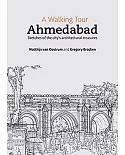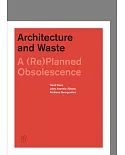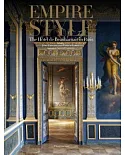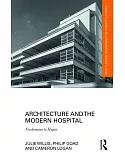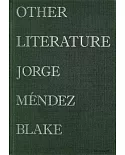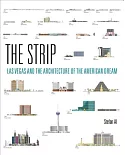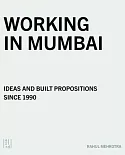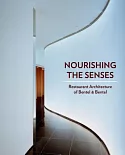This book presents a thematic discussion of architectural history and a critical evaluation of city planning, with a focus on the issues of ideas, methods and techniques in the context of the
culture, politics and religion of the pre-modern China. In the book, Qinghua Guo establishes a broad periodisation for the architectural formation and development with a clear conceptual
framework for it, and interprets its architectonics and typology in details. This study attempts to identify major characters of Chinese architecture and planning in order to understand how
they were formed and why.



